Kodak Tri-X, as a concept, has been around since the 1940’s when it was a 200 ISO b&w sheet film. Because it was their first fast film, when Kodak released the 400 ISO roll film version, the Tri-X name was maintained. Just like Kodak TMAX P3200 revolutionized low light photography in 1989, Tri-X was an early step in the liberation of photography out of formal studios and away from posed subjects. With its compelling grain structure, rich blacks and ease of use, Kodak Tri-X became an icon of photojournalism and available light photography of all genres. Stephen Dowling, creator of Kosmo Foto, even proposed that Tri-X might be the best black and white film ever made!
Today, on November 1st, this mid-century American classic celebrates it’s 67th birthday. Getting to this age hasn’t been without its struggles though. Through the 60’s and 70’s, with the rise in popularity of color film, legacy b&w film sales declined and caused other stocks to go extinct. Tri-X soldiered on though and out-lived color films like Kodachrome that it once seemed to be losing against. In 1989, Ilford released what is still a strong Tri-X competitor; HP5 Plus, a reformulation of HP5. And in 2007, as digital began to compete seriously with film, Kodak struck back with a reformulated Tri-X that has finer grain and uses less silver but still retains much of its character. Today, amidst a global supply chain crisis, Tri-X has received different packaging and an ever-climbing price point that is turning thrifty film photographers to cheaper alternatives. Whatever the future has in store for Kodak Tri-X, its legacy and impact on photography can never be denied, particularly when viewing expansive bodies of work such as that of Andrew Morang who has been shooting Tri-X seemingly non-stop since the 1960’s.
I shoot more Tri-X than any other film. I rate Tri-X at either 400 or 1600 and process it in Kodak HC110b. It looks great behind every type of lens I use thanks to is vast dynamic range that picks up every bit of character from the glass. I can shoot it in broad daylight without too harsh a look or very dim indoor light without a muddy a look. So it’s a great film to just leave in your daily carry camera for stream-of-consciousness shooting. In fact, I have gotten to a point of keeping my 1930 Leica loaded with Tri-X exclusively at pretty much all times. The rich contrast compensates for the lack of UV coating on my vintage Leitz lenses. And because it’s associated with the birth of photojournalism as an art, Tri-X also just feels like the best film for my old Leica that also helped define the genre of photography about which I am most passionate. Behind more modern, multi-coated lenses, the contrast is show-stopping and the film doesn’t look its age in the slightest.
Below are some recent photos I’ve taken on Kodak Tri-X that I think are strong examples of what I appreciate about its character.
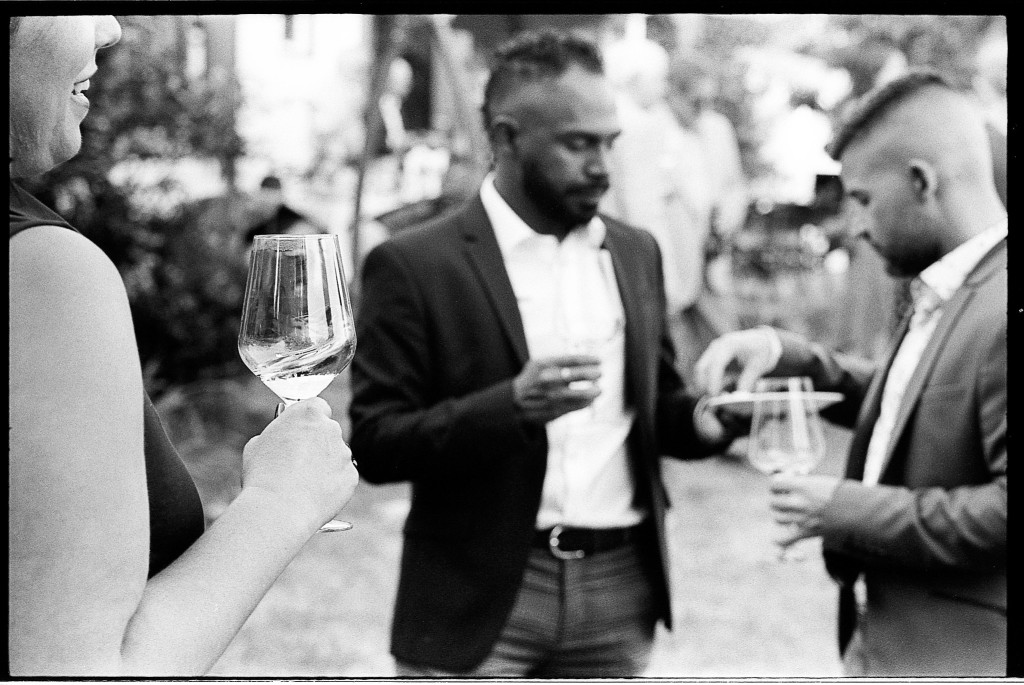
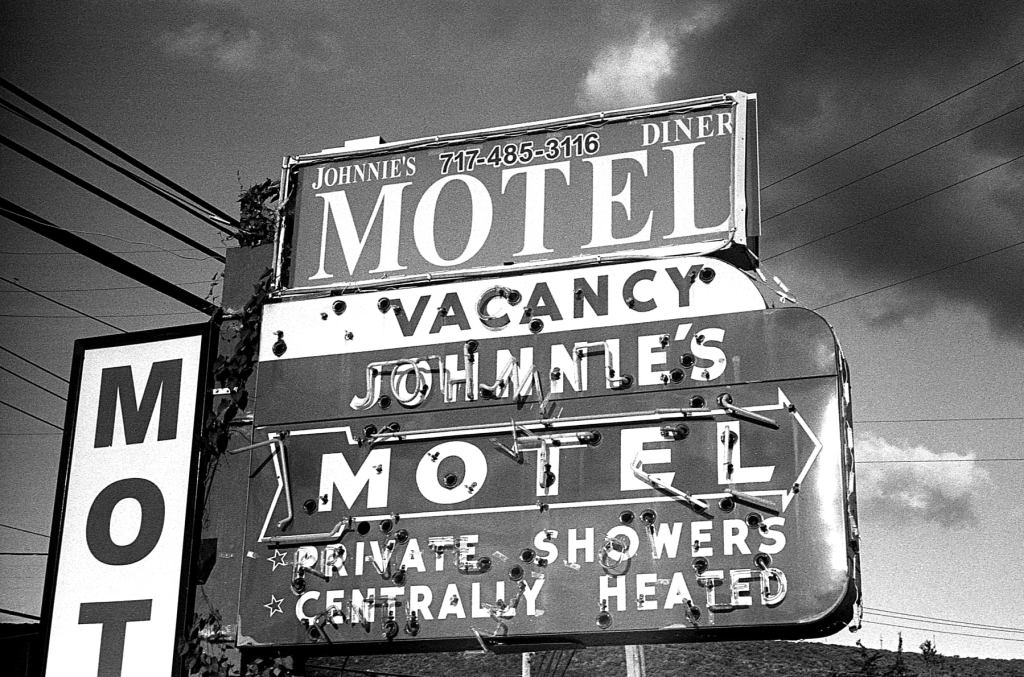
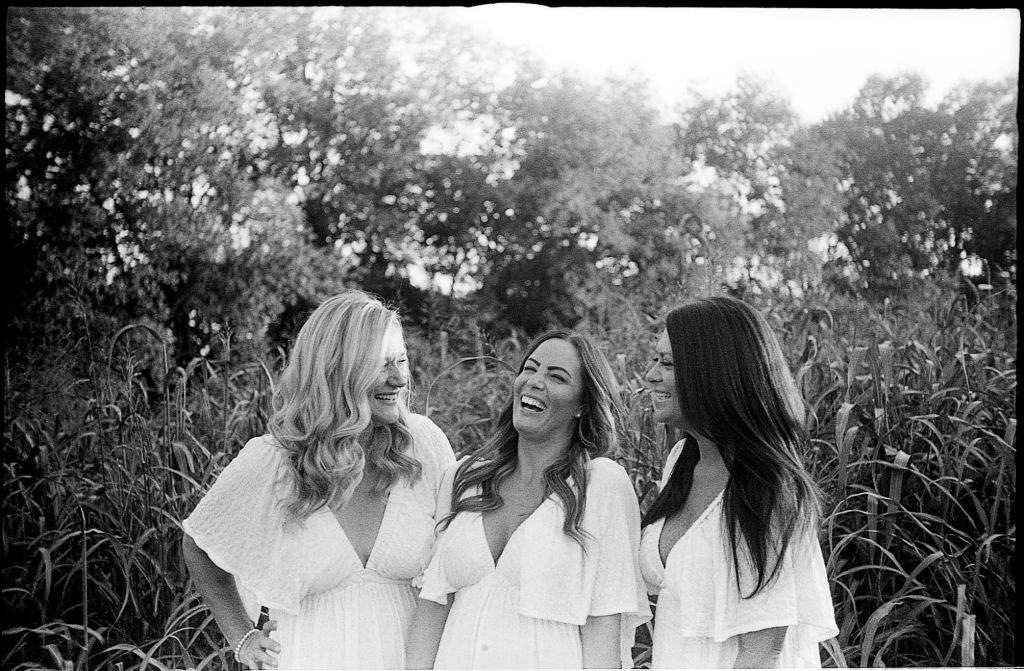
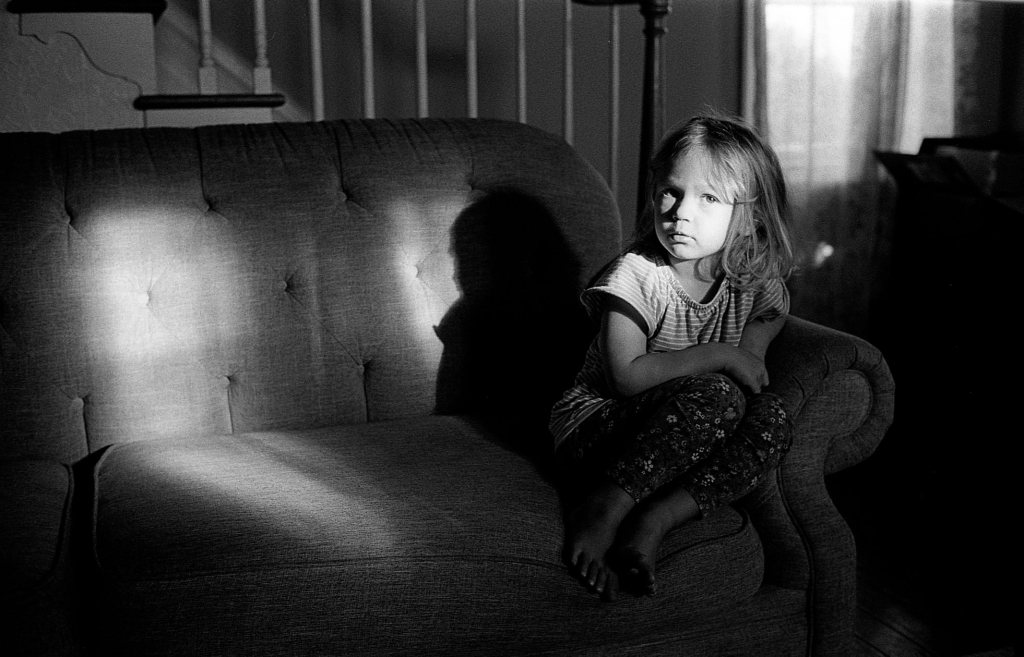
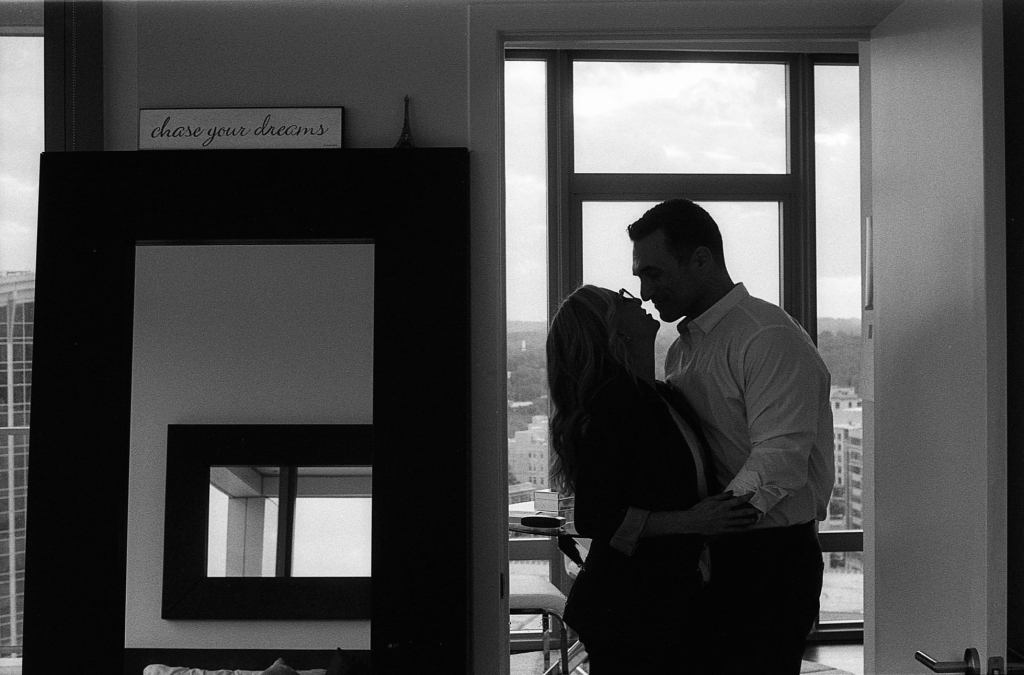

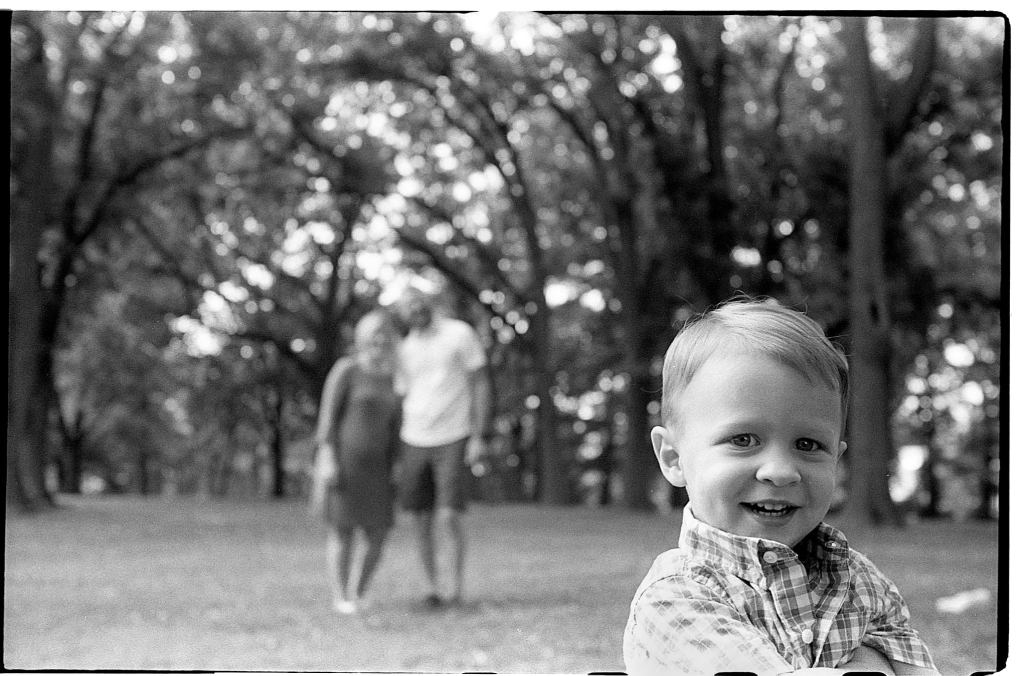
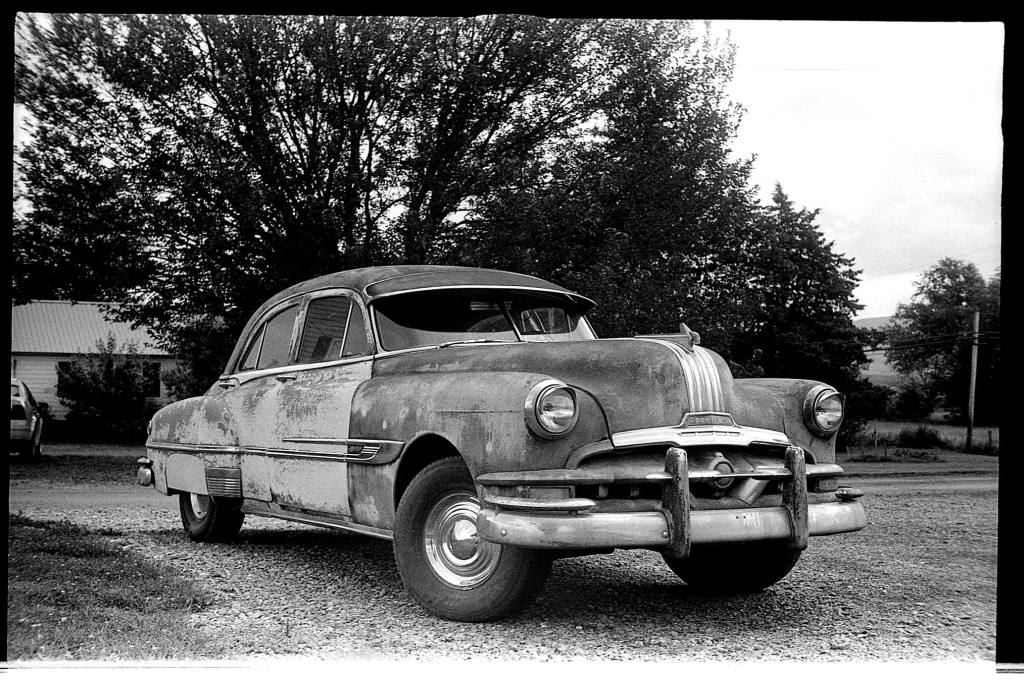
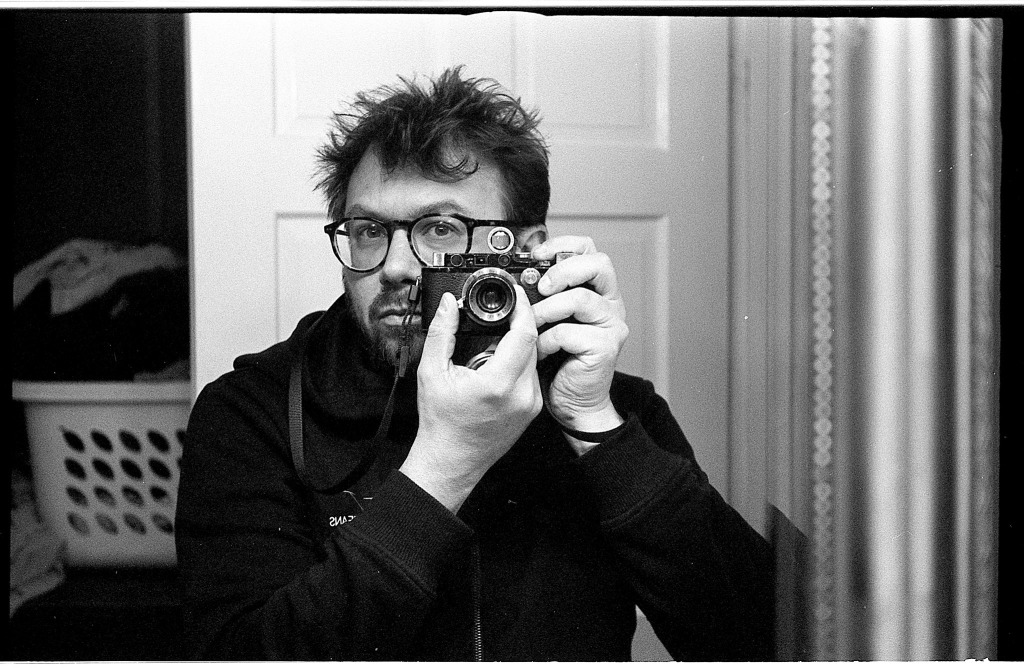
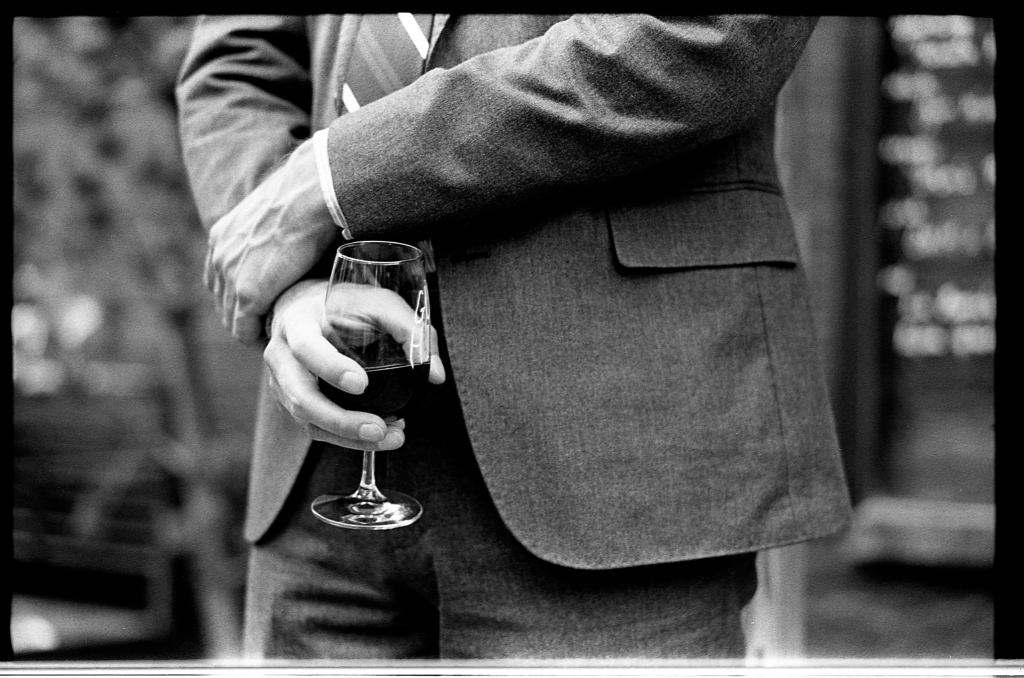
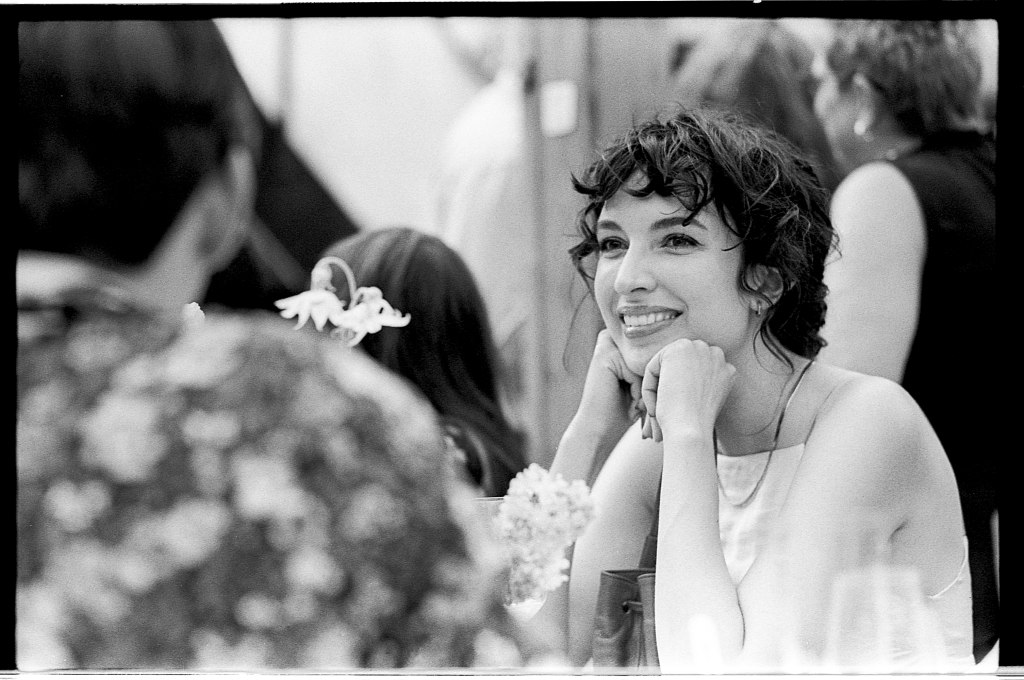
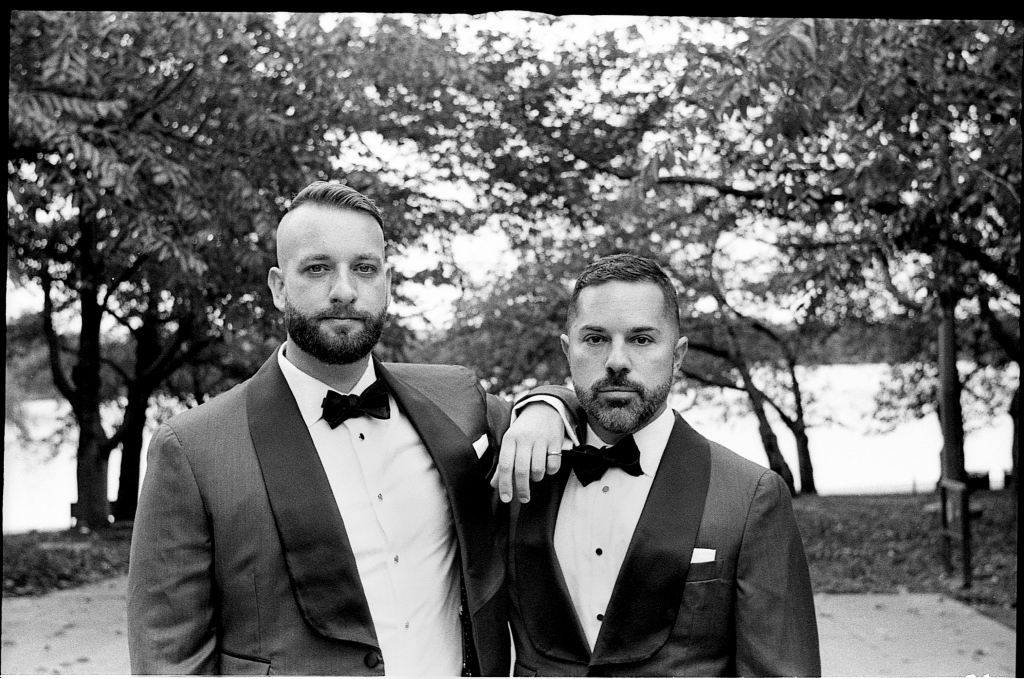

After 67 years, only the newest photographers don’t have an opinion on this ubiquitous film but they are probably going to find out about it soon and begin connecting the dots. The rest of us either cut our teeth on it or continue to use Tri-X regularly and have our own personal stories with this film.
Kodak Tri-X is perhaps so common and widely used that it would not only be impossible to imagine a world without it but we may even forget just how special a product that it is.
As we continue to use Tri-X to document the latest cultural events, using modern shooting methods, and the latest processing and digitizing techniques, we not only make the many looks of Tri-X that much more timeless but we starkly highlight what has changed since 1954 and what remains the same. In 2020, I photographed a Black Lives Matter protest on Tri-X and one of the takeaways seemed to be how reminiscent recent events were to the 1960’s civil rights movement. But even the simple, isolated family photos and snapshots of dilapidated Americana shared here seem to carry with them a perspective that’s nearly geologic in scale.
The adults above were photographed on Tri-X as children by their parents who were also, themselves photographed on Tri-X and the photos that they experienced the news with were on Tri-X. And now I’ve photographed their children on it. The car. The sign. They were built when Tri-X was still new. Take these photos on a digital camera, or even another film stock. They’ll look great. But on Tri-X, these photos, these people, these objects, these events take their place on longer, more connected strings of history. Rather that matters to some people or not is another question of course. Many may be happy to simulate what they think Tri-X looks like using digital filters. But for me, I’ll keep the real, the original Kodak Tri-X 400 loaded in my cameras as long as I can get it, and hopefully keep making a little history as I go.
Thanks for reading, happy shooting!
Follow, Favorite, Like, Add, Insult, Contact Johnny Martyr
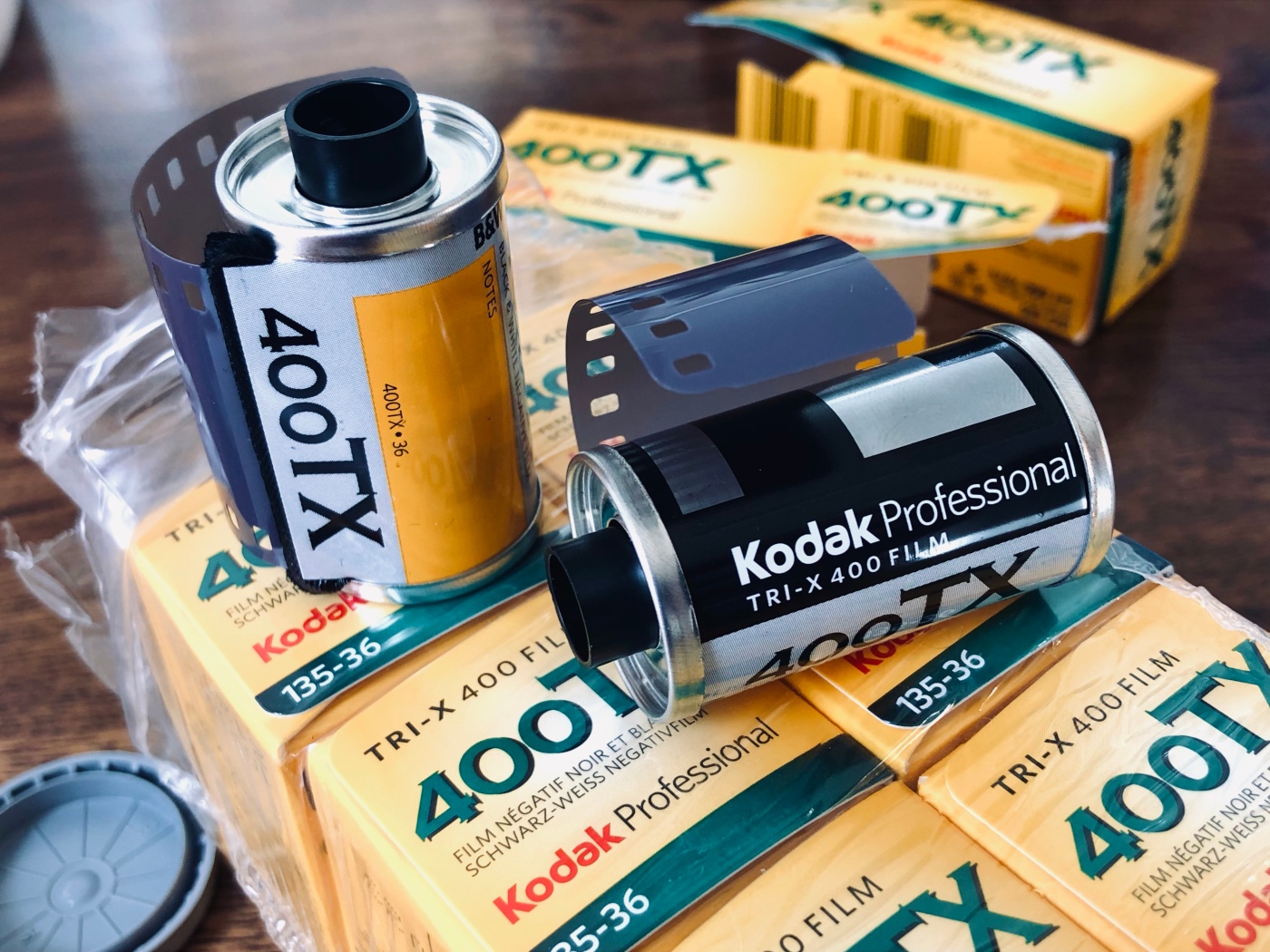







A lovely tribute; thank you!
LikeLiked by 1 person
Still my favorite black & white film!
LikeLiked by 1 person
Tri-X is very good, and so is HP5+. T-Max 400 is astonishing, and Delta 400 is excellent. Try Adox FX-39 developer. It gives amazing detail! 1+14 for 8 minutes for Tri-X or HP5+.
LikeLiked by 1 person
Boy, sorry you came to the birthday party. Spent the time telling me how good your friends are, and what we need to do for self improvement.
LikeLiked by 2 people